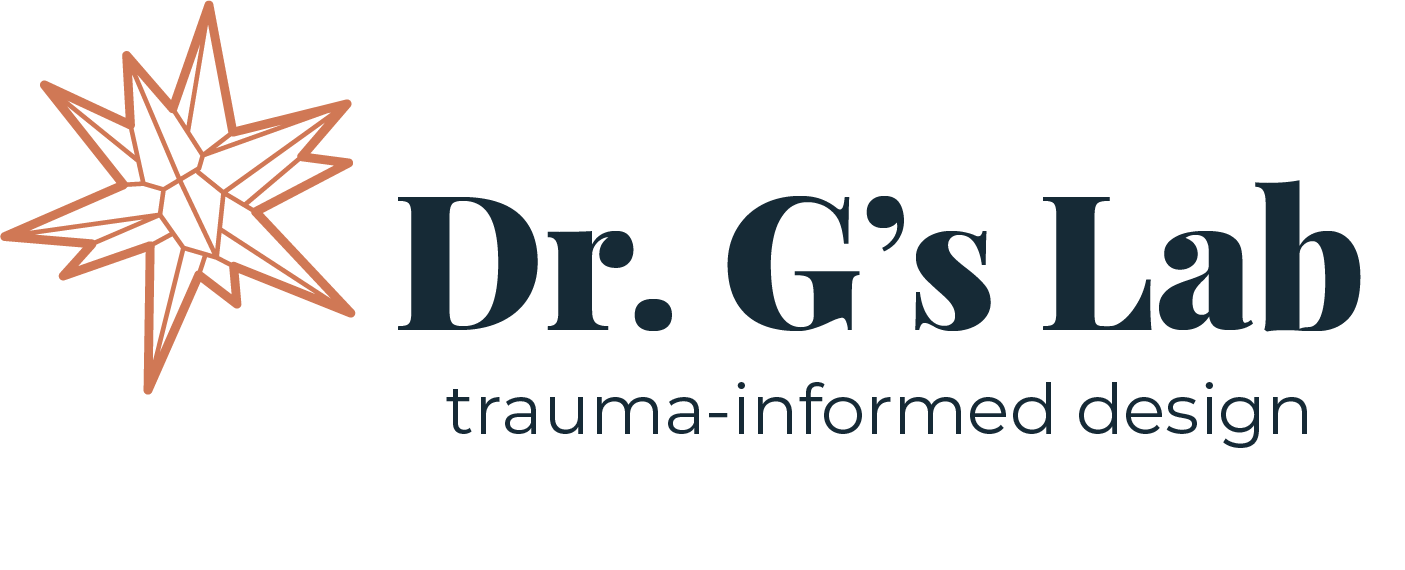Breaking Into UX: How Real UXers Landed Their First Job
Navigating the Many Paths to Your First Role
Breaking into UX requires a strong portfolio, networking, and experience. This article shares strategies and real success stories.
The journey into UX is rarely a straight line. Some come from design backgrounds, others from psychology, research, marketing, or even fields like education and healthcare. But one thing is clear—landing that first UX job or contract can feel like the hardest step. So, how do you go from aspiring UXer to hired UX professional? The truth is, there’s no single path. Instead, successful UXers take a combination of approaches: building a strong portfolio, networking strategically, gaining hands-on experience, and positioning themselves effectively.
In this article, we’ll break down the most common ways new UXers have secured their first roles—along with real stories from UX professionals who’ve been where you are now.
1. The Portfolio That Speaks for You
One of the biggest challenges new UXers face is the experience paradox: "How do I get experience if no one hires me without experience?" The answer often lies in the quality of your portfolio rather than the number of projects.
UX hiring managers aren’t just looking for pixel-perfect screens—they want to see your thought process, your ability to solve problems, and how you handle real-world constraints. Even if you don’t have formal UX job experience yet, you can create case studies from personal projects, volunteer work, or redesign challenges.
👉 "Don't discount the value of personal projects or volunteer work. These case studies can be incredibly powerful in showcasing your design thinking and problem-solving abilities, even without formal job experience." - UX Design Mentor, Non-Profit Tech
2. Networking Your Way into UX
Many UX professionals credit their first opportunity to networking—whether through LinkedIn, Slack communities, or local meetups. In a competitive field, making real connections with industry professionals can give you an edge over hundreds of online applicants.
If you're job hunting, don't just cold-apply to postings. Instead, engage with UX communities, attend events, and reach out for informational interviews. Many hiring decisions come down to a simple question: “Would I want to work with this person?” Being visible and engaged in UX spaces increases your chances of someone saying, “Actually, we need a UX researcher/designer for this project—let’s talk!”
👉 "I worked for pennies for a friend of a friend with a startup" - UX Researcher, Technology Conglomerate
3. Freelancing & Contracts: The Stepping Stones to Full-Time UX
Not everyone starts with a full-time UX job—many break in through freelancing or contract work first. Platforms like Upwork, Fiverr, and Toptal can be an option, but many new UXers find success through direct outreach to startups, nonprofits, or small businesses that need UX help but can’t afford a full-time designer or researcher.
Contract work not only gives you hands-on experience but also builds confidence and helps you test out different areas of UX before committing to a specific path.
👉 “What started as a three-month contract turned into a career—because I treated every day like a job interview.” - UX Researcher, Tech Company
4. Leveraging Transferable Skills
Many career switchers worry that they don’t have enough "UX experience," but the reality is that most UX professionals bring skills from their previous careers that make them valuable in UX.
Whether you’re coming from psychology, customer service, teaching, marketing, or even healthcare, highlight how those skills—like research, communication, or problem-solving—translate to UX.
👉 "I pivoted from being a clinical psychologist to a UX researcher before psychology was seen as a sought after skill for UX." - Founder, Digital Experience Strategy & UX Research Lab
Final Thoughts: There’s No One-Size-Fits-All Path
As you’ll see from the experiences shared here, breaking into UX isn’t about following one formula—it’s about persistence, strategy, and playing to your strengths. Whether through networking, building a strong portfolio, freelancing, or leveraging past experience, your path to UX is uniquely yours.
If you're looking for more guidance, resources, or mentorship, Dr. G’s Lab is here to support you. Check out our upcoming "Ask Me Anything" (AMA) Session in May.

